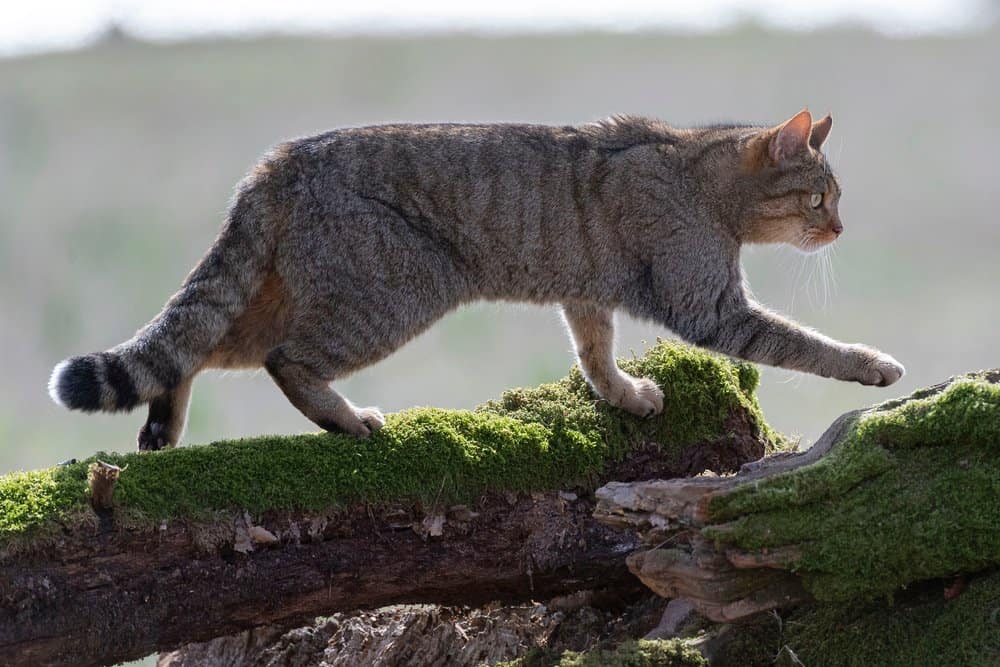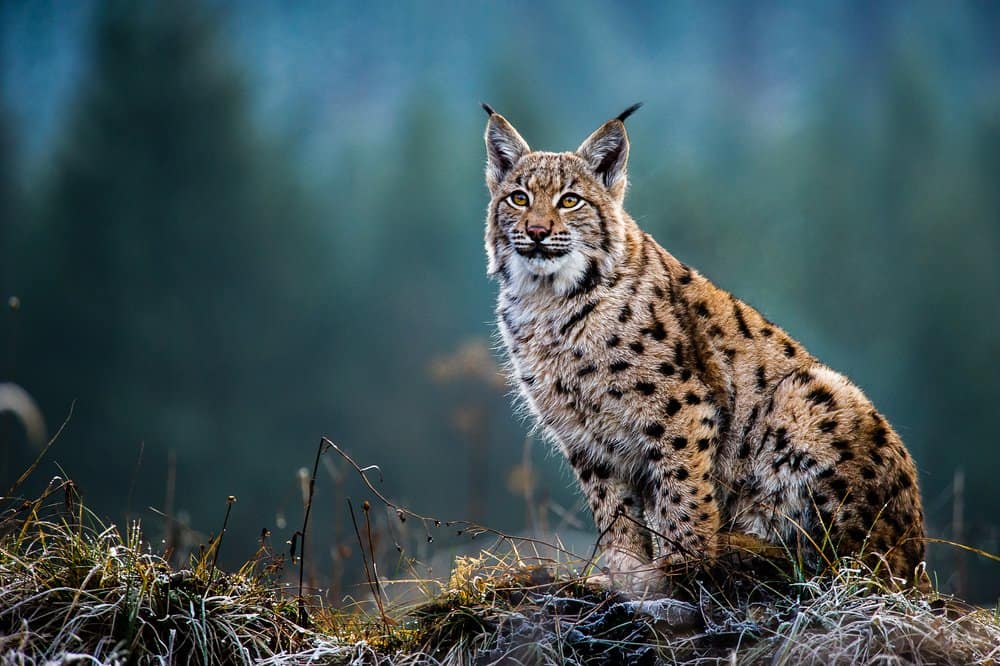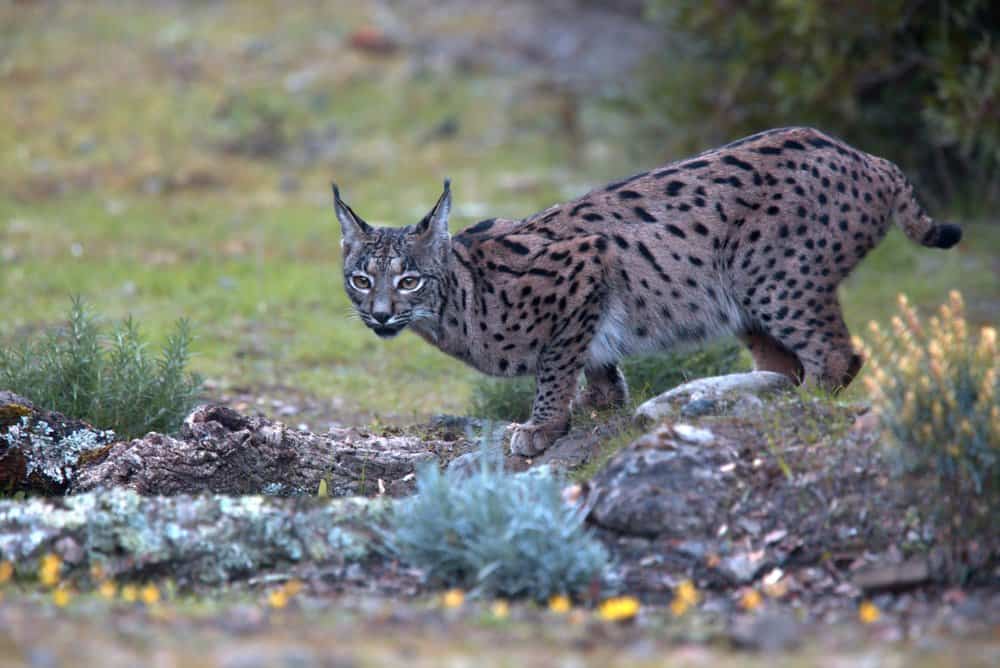When you think about Europe, images of large Wild Cats are not what first comes to mind. Thousands of years ago however, the story was different with Leopards, Lions and even Cheetahs once thought to roam throughout much of the continent. The ancestors of these modern felines are thought to have evolved just under 10 million years ago.
Although generally believed to be larger in size than the species we recognise today, Europe’s Cats would have inhabited the large expanses of both forest and grassland. Today however, much of this natural habitat has completely disappeared and along with it, the largest of the Cats. There are currently three wild felines still in existence in certain areas of the continent.
The European Wildcat is the smallest of Europe’s Cats and is a subspecies of the African Wildcat, which is thought to be the ancestor of domestic breeds. European Wildcats are found in the forests throughout mainland Europe with isolated populations also found in Scotland, Turkey and on a number of the Mediterranean islands. They have a large and bulky body and thick fur.

European Wildcats are found in forests throughout mainland Europe with isolated populations found in Scotland, Turkey, and some Mediterranean islands.
©Jesus Cobaleda/Shutterstock.com
The Eurasian Lynx is the largest of the Lynx species and is natively found in the dense forests of both Europe and Siberia. The Eurasian Lynx has been wiped out from much of Western Europe but is being reintroduced in some parts. It is one of Europe’s most dominant predators but does not tend to be found in areas where other large predators, such as Wolves, are in high numbers.

Once wiped out from much of western Europe, the Eurasian Lynx is being reintroduced in some parts.
©Tomas Hulik ARTpoint/Shutterstock.com
The Iberian Lynx is native to the Iberian Peninsula in Southern Europe and is well known to be one of the most endangered Cat species in the world. Listed as Critically Endangered they are today confined to small pockets of their once vast natural habitat, which has been the primary reason for the demise of the species.

The Iberian Lynx is one of the most endangered cat species in the world today.
©tony mills/Shutterstock.com
Next Up…
- 7 Extinct Big Cats: Many species have gone extinct over the course of time. Here are 7 big cats that have gone extinct.
- If There Are Big Cats, Why Are There No Big Dogs?: Are there any big dog species that share the canine genes? Find out here.
- Leopard Vs Tiger: Comparing The Big Cat Contenders!: What are the differences between Leopards and Tigers? Find out here.
The photo featured at the top of this post is © Tomas Hulik ARTpoint/Shutterstock.com
Sources
- David Burnie, Dorling Kindersley (2011) Animal, The Definitive Visual Guide To The World's Wildlife
- Tom Jackson, Lorenz Books (2007) The World Encyclopedia Of Animals
- David Burnie, Kingfisher (2011) The Kingfisher Animal Encyclopedia
- Richard Mackay, University of California Press (2009) The Atlas Of Endangered Species
- David Burnie, Dorling Kindersley (2008) Illustrated Encyclopedia Of Animals
- Dorling Kindersley (2006) Dorling Kindersley Encyclopedia Of Animals
Thank you for reading! Have some feedback for us? Contact the AZ Animals editorial team.







